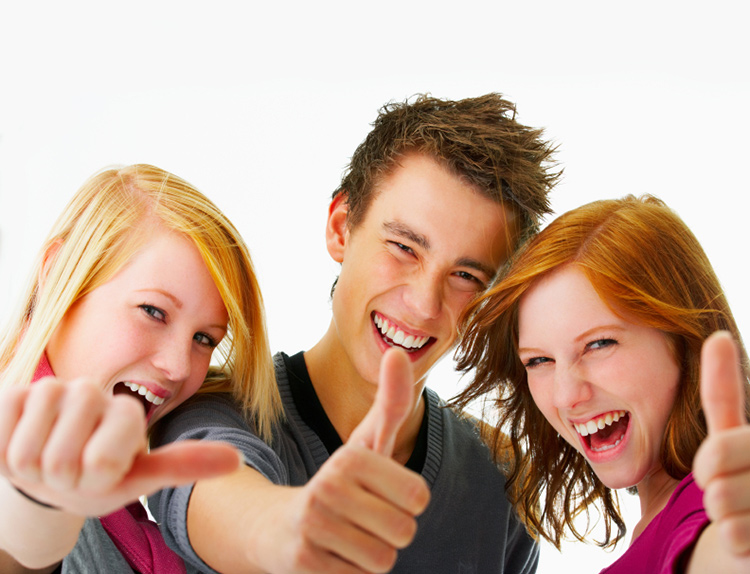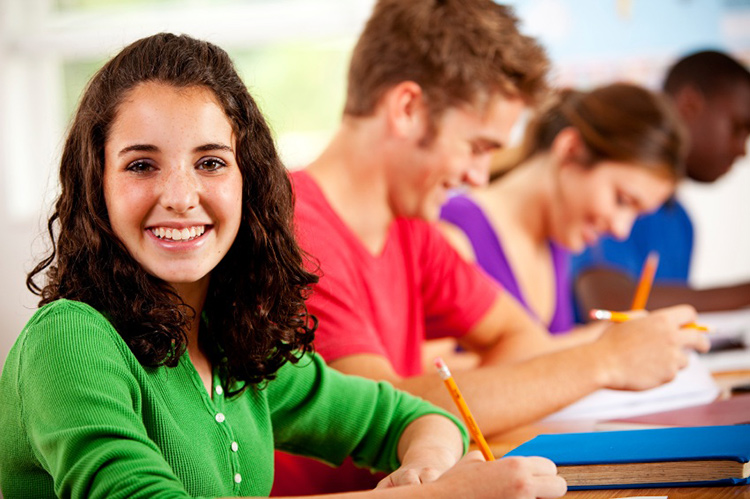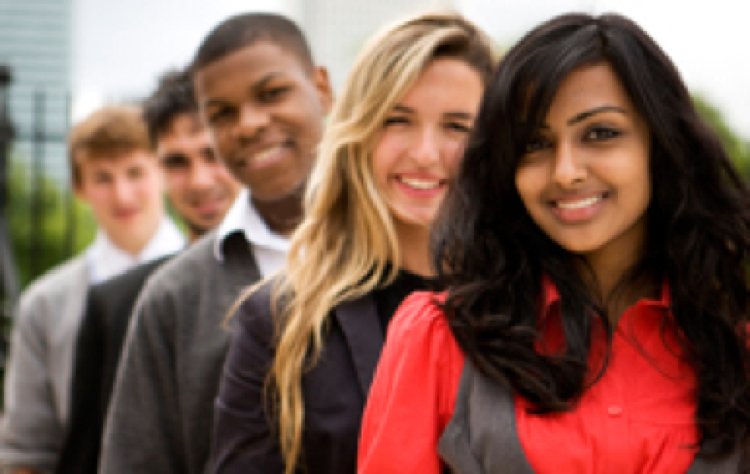SKILLS & FIRST IMPRESSIONS

Having good social skills is no longer a luxury. It is a necessity for establishing rapport, appreciation and respect with family members, friends, schoolmates, teammates, or anyone an individual meets. In any social or business situation, the knowledge of social skills can lead to confidence, leadership and opportunities for success. SEE offers the education and essential tools to make an immediate, positive first impression that can lead to powerful long-term relationships.
Course highlights include:
- The Power of Social Skills
- First Impressions that Last a Lifetime
- Body Language & Posture
- Expressions & Gestures of Respect
- Handshake & Eye Contact
- Introductions & Forms of Address
- Respect & Consideration for Others
- Courtesies – setting positive examples for others
APPEARANCE & DRESS

Our appearance is comprised of our personal care, grooming, posture, dress, and habits. These elements combined are a statement of our attitude, personality, style and credibility. Our appearance is not only a reflection of how we think of ourselves; it is also a snapshot of what others think of us. How we appear is very much like the icing on a cake.
Course highlights include:
- Essential Elements in Appearance
- Personal Care & Grooming
- Personal Habits – the good & bad
- How Dress Reflects Our Image
- Trends, Style, Function & Substance
- Dressing for the Occasion – what am I supposed to wear to what?
COMMUNICATION SKILLS

With a few simple words we can either endear ourselves to others, hurt, please, insult, attract, repel, compliment, anger – build or destroy relationships. Knowing how to communicate effectively is an instrumental part in developing good social skills. The result of good communication is the rapport and connection we develop and share with others. What we say and how we say it, what we hear and how we listen, can either open or close doors of opportunity.
Course highlights include:
- TBYD (Think Before You Do)
- Listening – the heart & soul of communication
- Non-verbal & Verbal Communication
- The Art of Conversation
- Consequences of Miscommunication
- High Tech Etiquette – phone, email, cell, texting, & social media
- The Power of the Pen
- Interview Fundamentals (age appropriate)
CHARACTER & CODES OF CONDUCT

Every day we make choices that define who we are, and who we are going to become. The choices we make not only matter to ourselves, but to others and our society at large. Often however, it may be difficult for us to make the right decisions based on peer pressure, self-interest, consequences, distractions, or other negative influences. SEE helps students understand what elements go into making decisions, how to distinguish between good and bad choices, and how their decisions impact others and reflect their character.
Course highlights include:
- What Defines Our Character
- Primary Elements in Making Decisions
- Codes of Conduct
- Choices We Make & Actions We Take
- What Would YOU Do?
- Dealing with Peer Pressure
- Teamwork & Leadership
- You Can Make a Difference
DIVERSITY AWARENESS & CULTURAL COMPETENCE

Today middle schools and high schools reflect communities of diverse landscapes—integrating students of various races, ethnicities, lifestyles, etc. For young people, appropriate displays of interpersonal interaction are pivotal to their standing among peers, and this is exceptionally true when they can manage such and demonstrate social competence in cross-cultural settings.
To demonstrate awareness, tolerance, sensitivity, and appreciation of difference in intercultural classrooms, project groups, clubs, and sports teams, students need information, knowledge, and skills. SEE instructs participants through activities in introspection and practice in problem solving and strategic planning to develop these competencies.
Course highlights include:
- Cultural Diversity & Inclusion
- Measures of Difference (including culture, race, ethnicity, age, sex & gender, and lifestyle)
- Diversity Awareness v. Training for Cultural Competence
- Cultural Competence
- Individual Cultural Competence (including cognitive, affective, and behavioral competencies)
- Cultural Competence in Practice: Foils
- Cultural Competence in Practice: Results & Rewards
DINING ETIQUETTE & TABLE MANNERS

Today, as well as in the past, dining is almost universally associated with sense and civility. Eating is not just a necessity; it is also a ritual of sharing our well-being and extending respect and courtesy toward others. With family, friends, and business associates dining etiquette demonstrates our social skills, our hospitality and – most importantly – our education.
SEE instructs students on the rules and taboos of dining etiquette and table manners. The course covers the essential information one needs to know, which is relevant to today’s culture. The goal of this course is to make students feel more comfortable and confident in any dining situation.
Course highlights include:
- Dining Etiquette & Table Manners
- Why is it so-o-o Important?
- What, Where, How & When
- Silverware Savvy
- Home, Guest, & Restaurant
- Table Rules and Taboos






SOCIAL DANCE
Social dance is offered as an option in SEE programs. Dance is utilized as a tool in the social education to break down inhibitions, assist in developing self-confidence, cooperation and teamwork. In addition, knowing how to dance is an entertaining activity that offers many opportunities for actively enjoying and participating at social events. The dances are age appropriate, based on their intricacies.
Beginner, Intermediate & Advanced dances include: